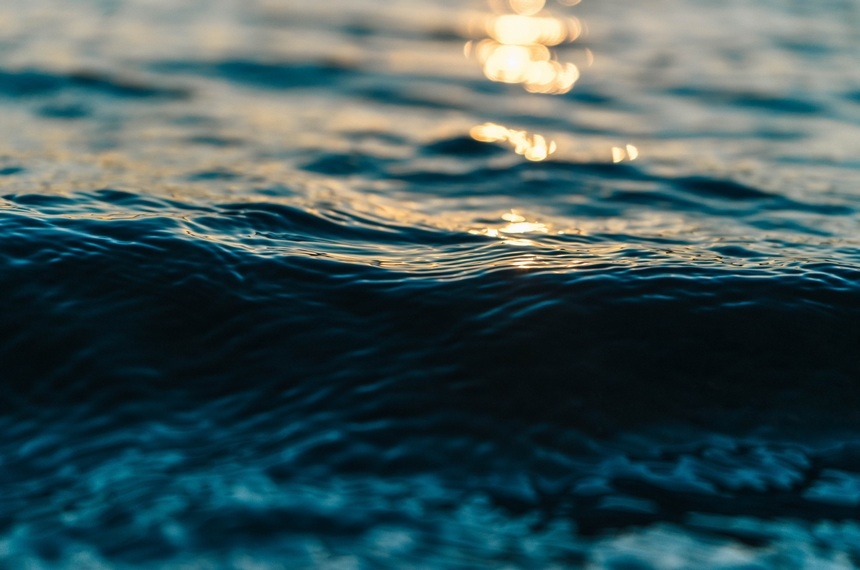
Bathing water quality standards in Europe better than ever before
During the third Learning Activity in Brussels, the Hi4CSR team had the chance to deepen the analysis on the current state of the implementation of the Water Framework Directive. As part of the Agenda, the team went to the to the European Commission, Directorate General for Environment, for a meeting with Karen Dalgaard-Sanning, Policy Officer working on the implementation of EU Water Framework Directive, where they had the chance to learn first-hand about the current state of play of EU CSR policies relating to water, difficulties regarding their implementation as well as the role of corporate social responsibility in sustainable water management and the rising question of economic value of water.
In this regard, one of latest achievements in the implementation of the Water Framework Directive is the data related to the European bathing water quality standards. According to the last information shared by Eurostat, more than 85% of bathing water sites monitored across Europe in 2016 met the most stringent ‘excellent' quality standards — meaning they were mostly free from pollutants harmful to human health and the environment, according to the annual bathing water quality report. Furthermore, over 96% of bathing water sites met minimum quality requirements set out under European Union rules.
A report from the European Commission and the European Environment Agency (EEA) confirms a positive 40-year trend of increasingly cleaner water at beaches and swimming spots across Europe. The assessment compiled analyses of water sampled at more than 21 000 coastal and inland bathing sites and gave a good indication where the best sites with the highest water quality were likely to be found this past summer. Bathing water is sampled and monitored for contamination by faecal pollution from sewage or livestock.
In recent years, the vast majority of Europe's swimming spots can boast good quality water. In 2016, 96.3% of sites met the minimum ‘sufficient' quality requirements set out in the EU's Bathing Water Directive. This is up slightly from 96.1% in 2015. More than 85% (85.5) of bathing water sites met the directive's most stringent ‘excellent' water quality standards, up from 84.4% in 2015.
The report covers bathing water locations across the EU, Albania and Switzerland. European bathing waters are much cleaner than forty years ago when large quantities of untreated or partially treated municipal and industrial waste water were discharged into water.

Key findings
• All reported bathing water sites in Austria, Croatia, Cyprus, Estonia, Greece, Lithuania, Luxembourg, Latvia, Malta, Romania, and Slovenia achieved at least ‘sufficient' quality in 2016.
• In five countries, 95% or more bathing waters were assessed as being of ‘excellent' quality: Luxembourg (all 11 reported bathing sites), Cyprus (99%of all sites), Malta (99% of all sites), Greece (97% of all sites), and Austria (95% of all sites).
• In 2016, 1.5% (1.4% for EU countries) of bathing water sites were rated as having ‘poor' water quality. Between the 2015 and 2016 bathing seasons, the absolute number of bathing waters classified as ‘poor' dropped from 383 to 318 (from 349 to 302 for EU countries).
• The highest number of bathing sites with ‘poor' water quality were found in Italy (100 bathing water sites or 1.8%), France (82 sites or 2.4%) and Spain (39 sites or 1.8%)
Background
The major sources of pollution are sewage and water draining from farms and farmland. Such pollution increases during heavy rains and floods due to sewage overflow and polluted drainage water being washed into rivers and seas. Faecal contamination of water continues to pose a risk to human health, especially if it is found at bathing water sites. Swimming at contaminated beaches or lakes can result in illness. All EU Member States, plus Albania and Switzerland, monitor their bathing sites according to the provisions of the EU's revised Bathing Water Directive. The legislation specifies if the bathing water quality can be classified as ‘excellent', ‘good', ‘sufficient' or ‘poor', depending on the levels faecal bacteria detected. Where water is classified as ‘poor', Member States should take certain measures, like banning bathing or posting a notice advising against it, providing information to the public, and suitable corrective measures.
Find more information here.
Author: Marco Matrisciano (Abis - The Academy of Business in Society)

Follow us on